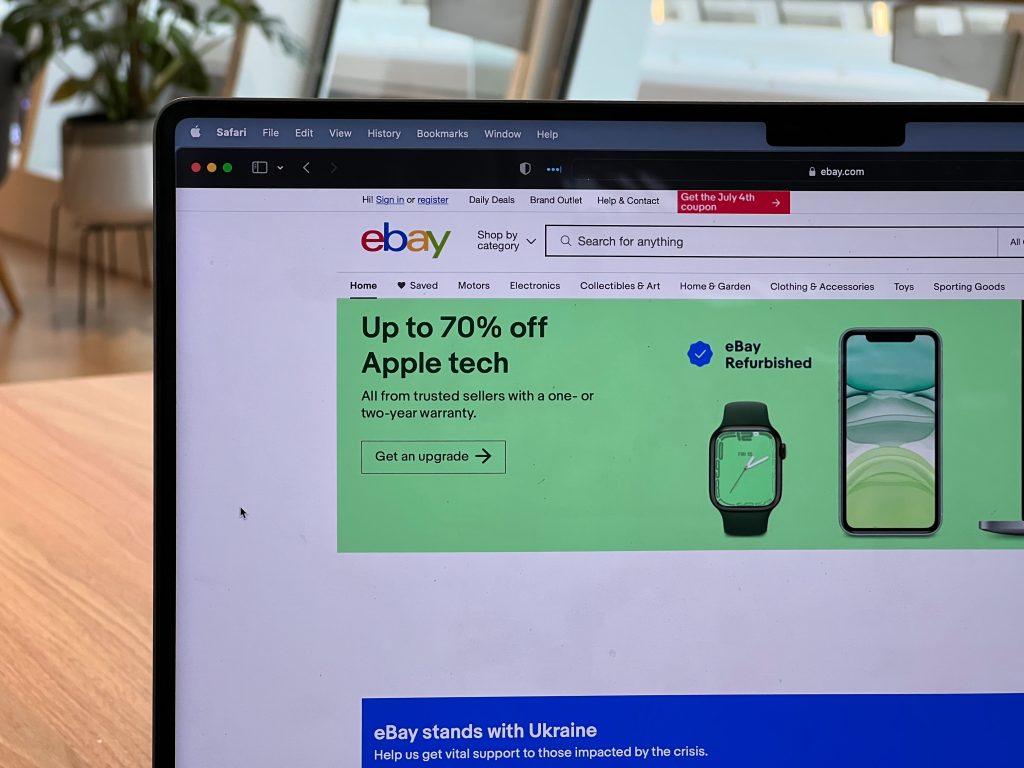eCommerce has exploded in the UK in recent years. In retail alone, online sales contributed more than a quarter of the overall total and according to the International Trade Administration, buying online is more popular in the UK than in any other country. Here, e-commerce rose year on year from 20 percent to 30 percent of the retail market in 2021. 82 percent of the population bought at least something online and Amazon UK was by far the biggest player with more than $18 billion in annual revenue.
If you are looking to set up a business in 2023, cyberspace is the logical place to do it. But just because eCommerce is booming, it doesn’t mean you are guaranteed to succeed. The news is that with an online business, there are more revenue models available than you might think. Here, we take a close look at three of the most common.
1) Sales revenue model

Let’s start with the obvious. Here, we essentially have the equivalent of a brick-and-mortar shop, but it is online. It’s the standard B2C model, and it is what most people think of when someone speaks of e-commerce. You might sell directly through your website or via a marketplace like eBay.
If your business is all about selling products as opposed to facilitating services or attracting web traffic, then this is the model for you. It’s simple, it’s familiar and most web tools and ecommerce platforms are set up for it.
However, there are downsides. Inventory management can be a pain, especially if the products have a limited shelf life. Also, the whole issue of logistics, order fulfillment, and customer support can take on a life of its own and demand more time and effort than actually processing orders.
2) Subscription revenue model

With this model, a business generates recurring revenue by delivering products or services to subscribers on a regular ongoing basis. These could be anything from shaving supplies to bottles of wine to internet support services.
For example, Amazon has introduced this model across a range of its products and when buyers reach the checkout, they can elect to buy an item on a monthly subscription basis. This offers savings with a lower unit cost than a one-off purchase. Amazon is starting to introduce this model with most consumables that people might buy regularly, such as wellness products, cleaning supplies, and even food.
The subscription model generates a reliable revenue stream for your company, and repeat business is strongly encouraged as customers have to actively go through the hassle of canceling the subscription if they are to stop buying.
Of course, this model still involves the logistics and inventory management issues mentioned above, although sellers using the Amazon platform can take advantage of their fulfillment services. Another potential issue with this model concerns financial reporting. Almost half of the businesses surveyed who use this model said they struggle to meet accounting and reporting challenges.
3) Affiliate revenue model for casinos and more

The affiliate revenue model involves a website promoting or marketing the products or services of another. It is all about building a site with traffic and then using it as a kind of showroom for these products or services. Affiliate marketing might sound a bit like simple advertising, but it is not. The main difference is advertisers pay you, whatever happens.
Online gambling is one of the top affiliate niches and the Casinobee.com site is a good example. It is an affiliate for multiple online casinos that accept Google Play, which are listed on the site. Whenever a visitor clicks through from Casino Bee to one of the casinos and makes a deposit, Casino Bee earns a commission.
The affiliate marketing model enables you to build a profitable website without having to sell physical products. That means no inventory or logistics to worry about. However, you only get paid when visitors convert, so there is hard work involved in maintaining site traffic and promoting the product with passion and conviction.







